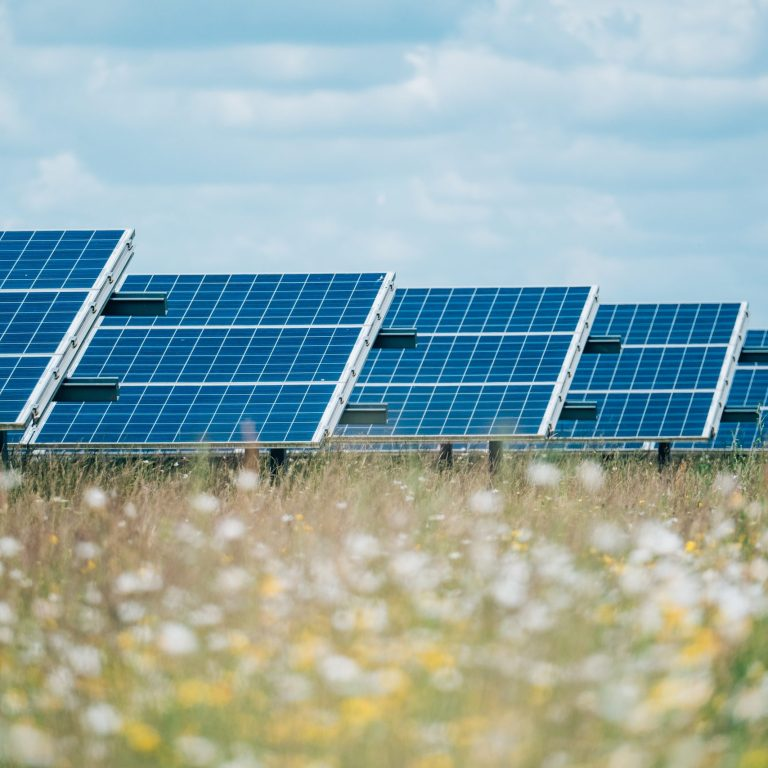Biodiversity Net Gain explained: Bridging nature and development
By: Harriet Parker, Director of ESG and Sustainability
Biodiversity and nature’s benefits to people underpin nearly every aspect of human development. While the evidence is unequivocal, preserving biodiversity has long been overlooked. In 1992 biologist Edward O. Wilson pointed out "biodiversity is our most valuable but least appreciated resource.”
This article will help you to properly understand the importance of biodiversity, and how achieving biodiversity net gain can be made possible through the development of renewable energy developments.
What is biodiversity net gain?
Biodiversity net gain (BNG) is a way of creating and improving natural habitats. BNG makes sure development has a measurably positive impact ('net gain') on biodiversity, compared to what was there before development.
Bridging nature and development
The UK Government is now giving direct recognition to conserving and enhancing biodiversity by ensuring that all future developments in the England and Wales will lead to a gain in natural environments. The principle behind the Government's Biodiversity Net Gain (BNG) means that areas that undergo development must be left in a measurably better state than their pre-existing condition.
How is Low Carbon supporting BNG?
In all Low Carbon’s renewable energy developments, we aim to tread lightly on the planet by making choices that put safeguarding the natural environment at the forefront of our projects. We ensure that ecological enhancements are built into the design of each of our solar farms to create net gain over their lifespan. With only a small proportion of our solar farm land taken up by infrastructure, the remaining area on each site can be set aside for grassland and wildflower meadows to provide habitats for pollinators, birds, and other wildlife for the lifetime of the project. We are in a place to offer our BNG units to other developers.
BNG becomes mandatory for large developments in England which fall under the Town and Country Planning Act 1990 (unless exempt). This means developments will need to restore any biodiversity lost during construction and deliver a 10% minimum boost to the site’s biodiversity.
The Environment Act makes BNG a requirement of receiving planning permission, with development unable to begin unless a biodiversity gain plan has been prepared by the developer. BNG can be achieved by creating or enhancing biodiversity in association with a development, this can be onsite, offsite or through statutory biodiversity credits.
With Low Carbon’s renewable energy/solar farm developments calculated to enhance biodiversity by more than 80% we are able to offer surplus biodiversity units to developers in these regions. We develop our sites to ensure they meet the requirements for BNG. To ensure we create maximum biodiversity gain, Low Carbon has funded academic studies on our solar sites to research soil quality and insect pollinators.

How to implement biodiversity net gain for the long-term
Implementing BNG requires collaboration between developers, planners, ecologists, and other stakeholders to ensure that conservation objectives are effectively integrated into development plans. For each project, biodiversity must be protected for a minimum of 30 years, and Low Carbon has plans in place for each of our projects to maintain BNG over their lifespan.
The benefits of protecting the natural environment through BNG can go beyond improving the ecosystem or wildlife conservation and should lead to improved air quality, flood management, and soil stability.
Low Carbon is well-placed to work with developers to create a programme for designing, implementing, maintaining and monitoring biodiversity net gain.
Find out more about partnering your BNG needs with Low Carbon, or contact us directly BNG@lowcarbon.com

